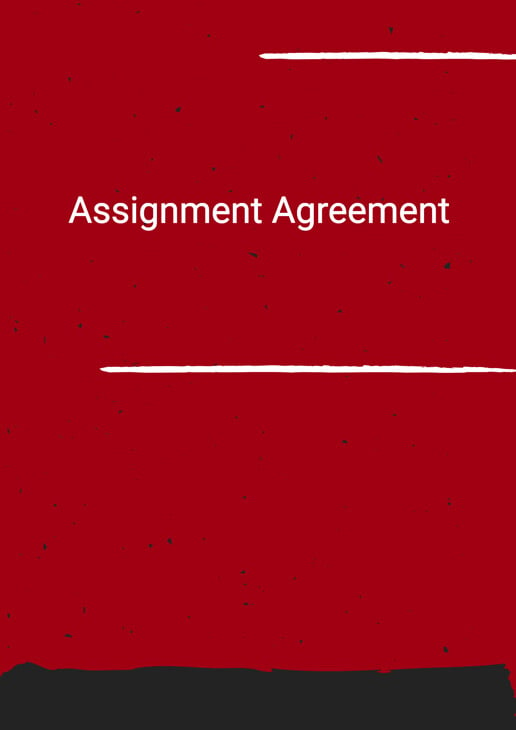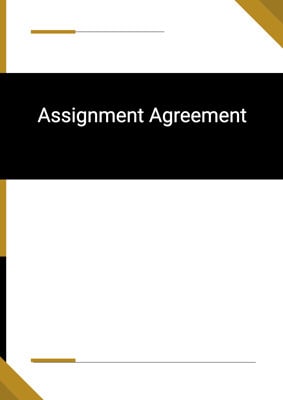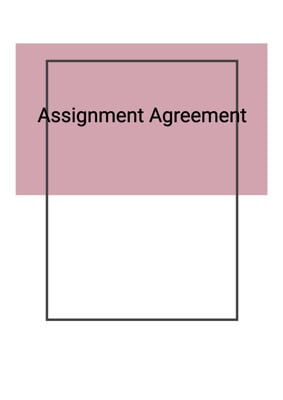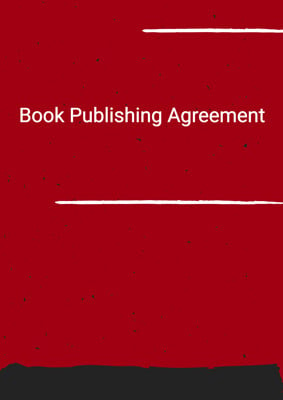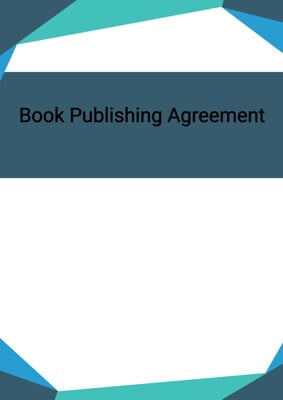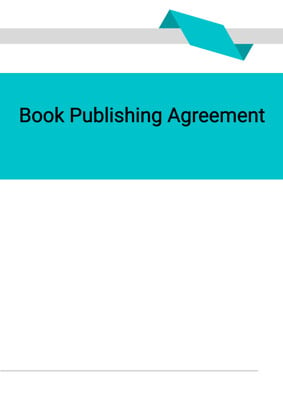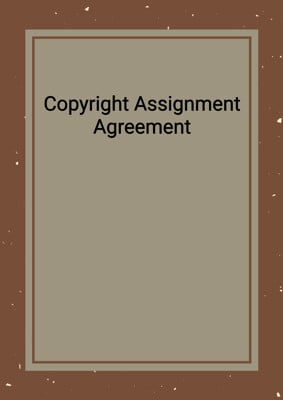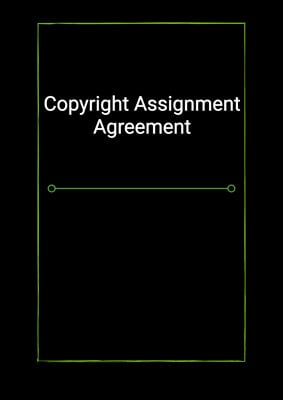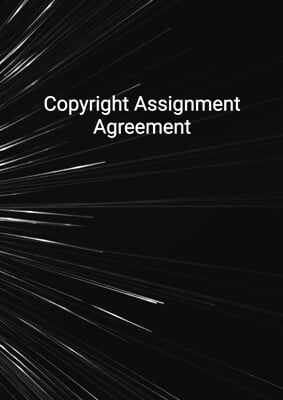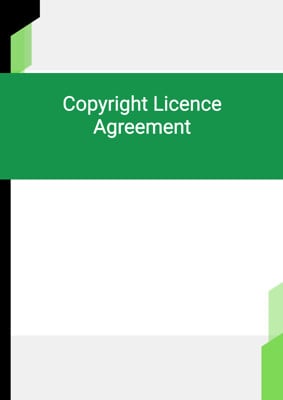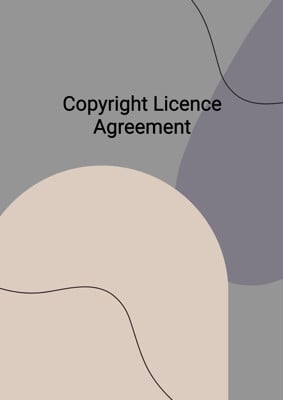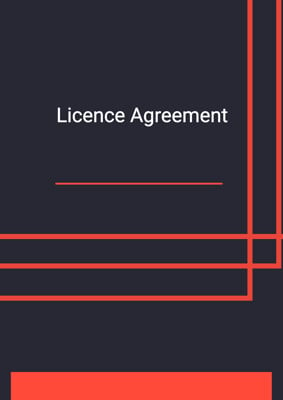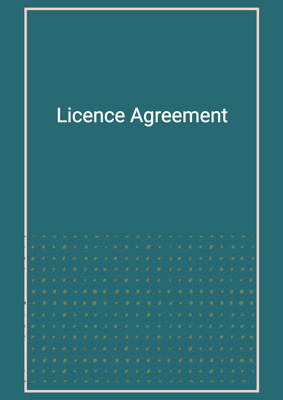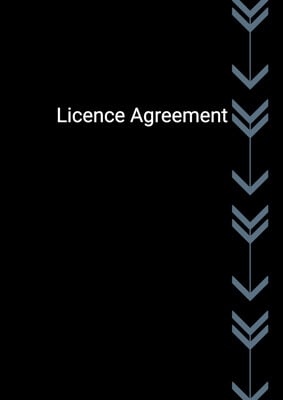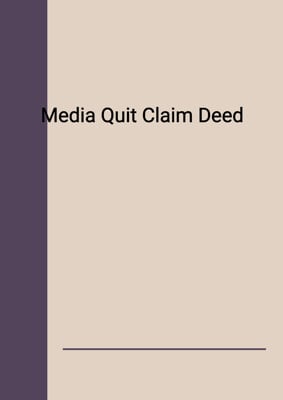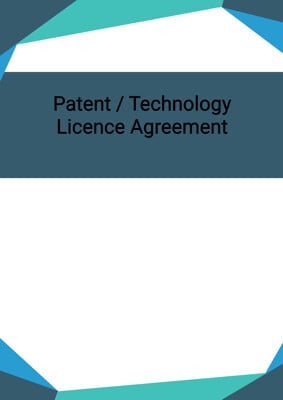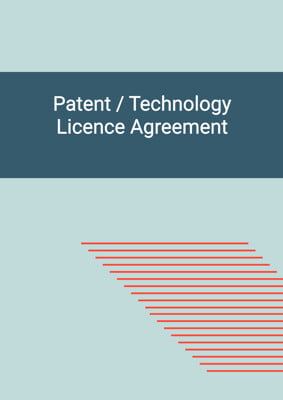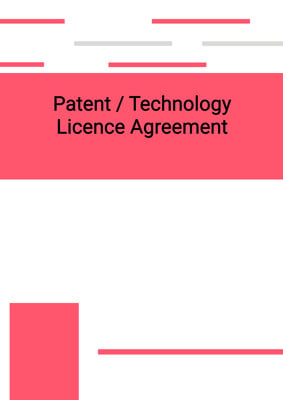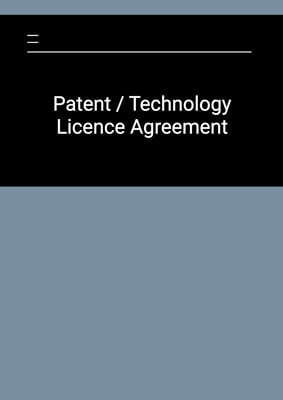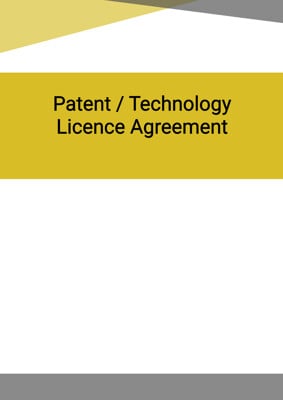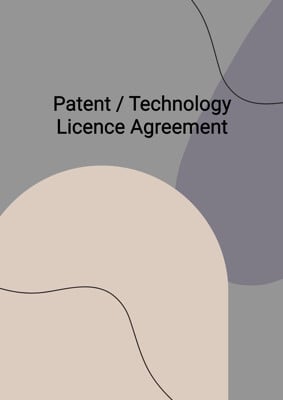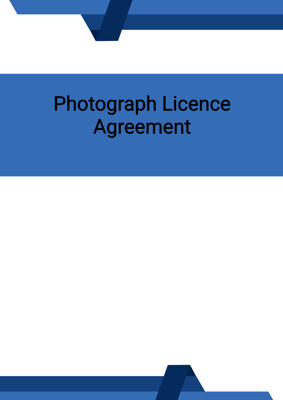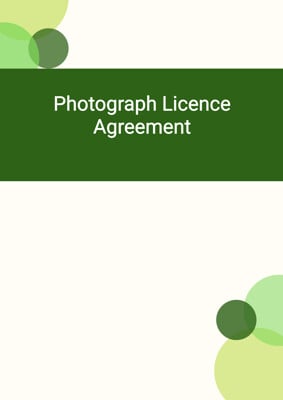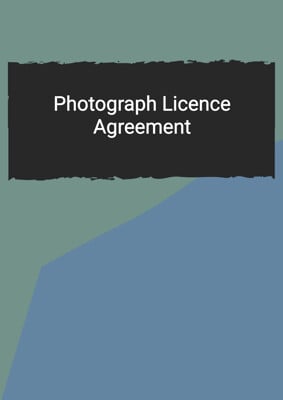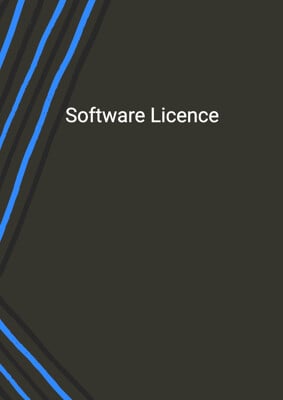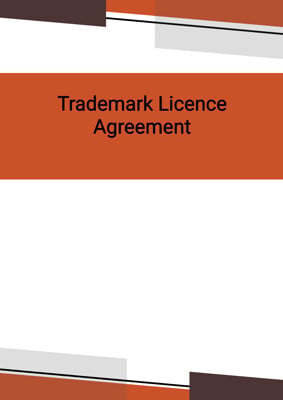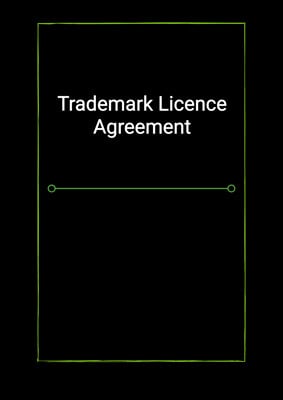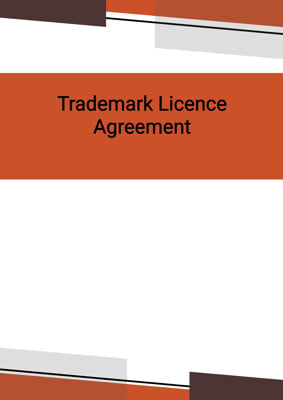How to Tailor the Document for Your Need?
01
Create Document
Fill in the details of the parties. You can click the "Fill with Member’s Information" button to complete it with information saved to your account.
02
Fill Information
Please fill in any additional information by following the step-by-step guide on the left hand side of the preview document and click the "Next" button.
03
Get Document
When you are done, click the "Get Document" button and you can download the document in Word or PDF format.
04
Review Document
Please get all parties to review the document carefully and make any final modifications to ensure that the details are correct before signing the document.
Document Preview
Document Description
The Assignment Agreement is a legal document that outlines the transfer of rights, title, and interest in a patent or invention from the assignor to the assignee. This document is important as it establishes the legal framework for the assignment and ensures that both parties are aware of their rights and obligations.
The entire document is divided into eight sections, each addressing different aspects of the assignment. The first section, 'Definitions and Interpretations,' provides definitions for key terms used throughout the agreement. This section ensures clarity and consistency in the interpretation of the document.
The second section, 'Assignment,' outlines the specific details of the assignment. It states that the assignor sells, assigns, and transfers the entire right, title, and interest in the invention, patent, and any related applications to the assignee. It also authorizes the assignee to file applications for patents and other forms of intellectual property protection on behalf of the assignor.
The third section, 'Consideration,' specifies the consideration or payment for the assignment. It states that the assignee will either pay a specified amount in currency or issue fully paid ordinary shares in the capital of the assignee to the assignor.
The fourth section, 'Warranties,' contains representations and warranties made by the assignor to the assignee. These warranties include the assignor's power to enter into the assignment, the right to convey the invention and patent to the assignee, and the absence of any conflicting agreements or security interests.
The fifth section, 'Further Assurances,' requires the assignor to perform any further acts or execute additional documents necessary to implement the assignment. This ensures that all necessary steps are taken to complete the transfer of rights.
The sixth section, 'Costs and Duties,' clarifies the responsibility for costs incurred during the negotiation, preparation, and execution of the assignment. It also addresses stamp duty and tax obligations related to the assignment.
The seventh section, 'Governing Law,' specifies that the assignment and the relationship between the parties will be governed by the laws of the jurisdiction state. This ensures that any disputes or legal issues arising from the assignment will be resolved according to the applicable laws.
The eighth and final section, 'Counterparts,' allows the assignment to be executed in multiple counterparts, with each counterpart considered an original document. This provides flexibility and convenience in the signing and execution process.
In summary, the Assignment Agreement is a comprehensive legal document that facilitates the transfer of rights, title, and interest in a patent or invention. It covers various aspects of the assignment, including definitions, assignment details, consideration, warranties, further assurances, costs, governing law, and counterparts.
How to use this document?
1. Review the definitions and interpretations section to understand the key terms used throughout the agreement.
2. Read the assignment section carefully to understand the specific details of the assignment. Take note of the rights, title, and interest being transferred.
3. Consider the consideration section to determine the payment method for the assignment. If payment is in currency, ensure that the specified amount is accurate. If payment is in fully paid ordinary shares, understand the implications and consult with a financial advisor if necessary.
4. Pay attention to the warranties section to ensure that the assignor has the necessary rights and authority to transfer the invention and patent. Verify that there are no conflicting agreements or security interests.
5. Understand the further assurances section and be prepared to fulfill any additional requirements or execute additional documents as requested by the assignee.
6. Discuss the costs and duties section with the assignee to clarify the responsibility for costs incurred during the assignment process. Determine if any stamp duty or tax obligations apply and ensure compliance.
7. Familiarize yourself with the governing law section to understand which jurisdiction's laws will govern the assignment. Seek legal advice if needed.
8. If executing the assignment in counterparts, ensure that all counterparts are properly signed and dated.
9. Keep a copy of the fully executed assignment agreement for your records.
10. If you have any questions or concerns about the assignment, consult with a legal professional for guidance and clarification.
Not the right document?
Don’t worry, we have thousands of documents for you to choose from:
